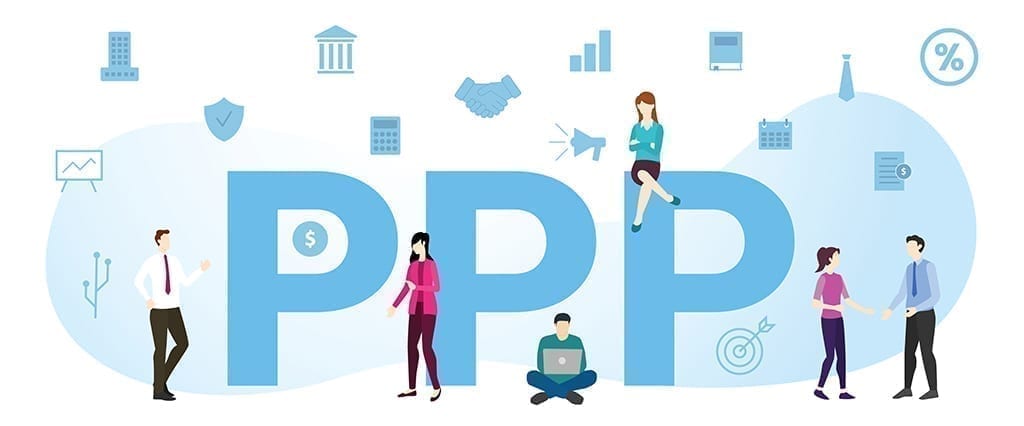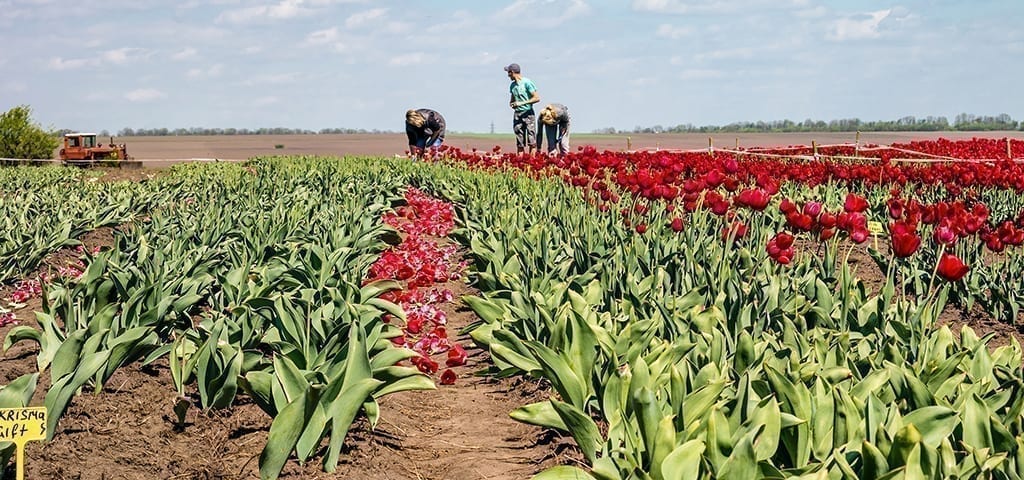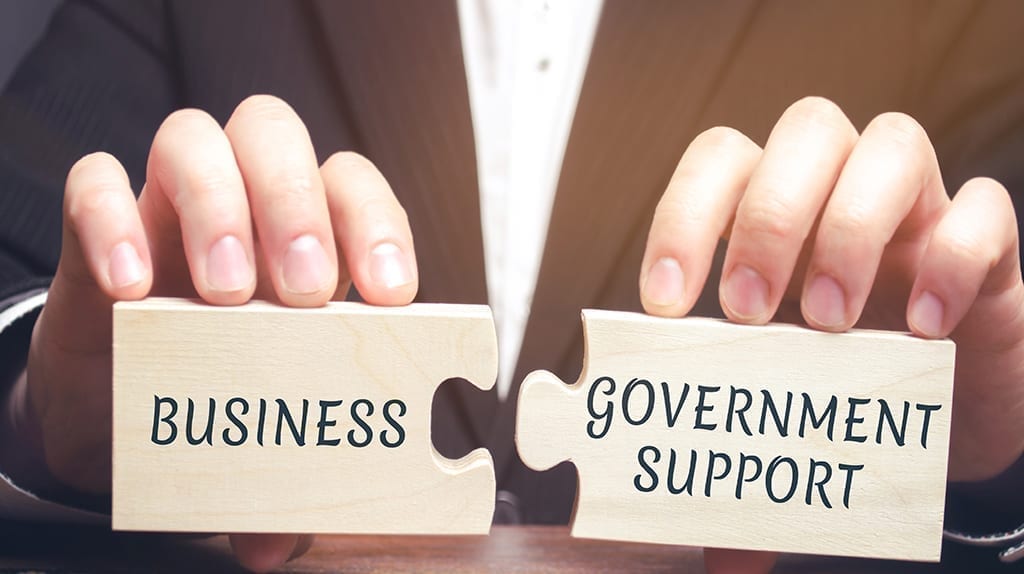 The Society of American Florists and several other floral industry organizations have rallied their members to ask Congress for additional funding in the Paycheck Protection Program (PPP), the forgivable loan initiative launched by the Small Business Administration in early April that in less than two weeks had exhausted its lending capabilities.
The Society of American Florists and several other floral industry organizations have rallied their members to ask Congress for additional funding in the Paycheck Protection Program (PPP), the forgivable loan initiative launched by the Small Business Administration in early April that in less than two weeks had exhausted its lending capabilities.
“Until Congress provides additional funding, this loan program is unavailable to small businesses — like those in the floral industry — that need it most,” said Kate Penn, chief executive officer of the Society of American Florists
As a member of the Small Business Legislative Council, SAF and 47 other associations representing dozens of industries had sent a letter to the House and Senate Leadership urging them to authorize additional funding. “That effort was a start, but it’s critical that Congress hear directly from constituents about the challenges they’re facing and the urgent need to provide more funding,” Penn said, explaining the importance of the floral industry collaboration.
SAF, CalFlowers, Produce Marketing Association (PMA) and Wholesale Florist and Florist Supplier Association launched a grassroots campaign among the groups’ respective memberships, providing sample language to use in letters to their elected officials. The message focused on two key points: urgent need and the role of small business in rebuilding the economy. “I was counting on this funding to keep my employees on payroll and avoid defaulting on my debt obligations,” the sample language explained, “but I’ve yet to find a bank that will accept my application…we simply do not have the cash buffer to be able to last beyond a month without revenues. Small business can play a critical role in stabilizing and rebuilding our economy when we emerge from this crisis – but not without this urgently needed financial assistance.”
Late in the day on April 21, the Senate passed more than $480 billion in interim emergency relief, including $310 billion for the PPP, $50 billion for the Economic Injury Disaster Loan program and $10 billion for the Emergency Economic Injury Grant program, plus $100 billion for hospitals and testing. The House is expected to vote on the measure as early as April 23.
PPP loans do not have to be paid back if businesses use the majority of the funding to cover payroll expenses.
According to the SBLC, while the bill is important to those who’ve applied for but have not yet received a PPP loan, it’s considered an “interim funding effort” by congressional leadership, with the expectation that a “phase 4” package will be negotiated in the coming weeks.
SAF will continue to report on developments surrounding the PPP program.
Katie Butler is the senior vice president of the Society of American Florists.



